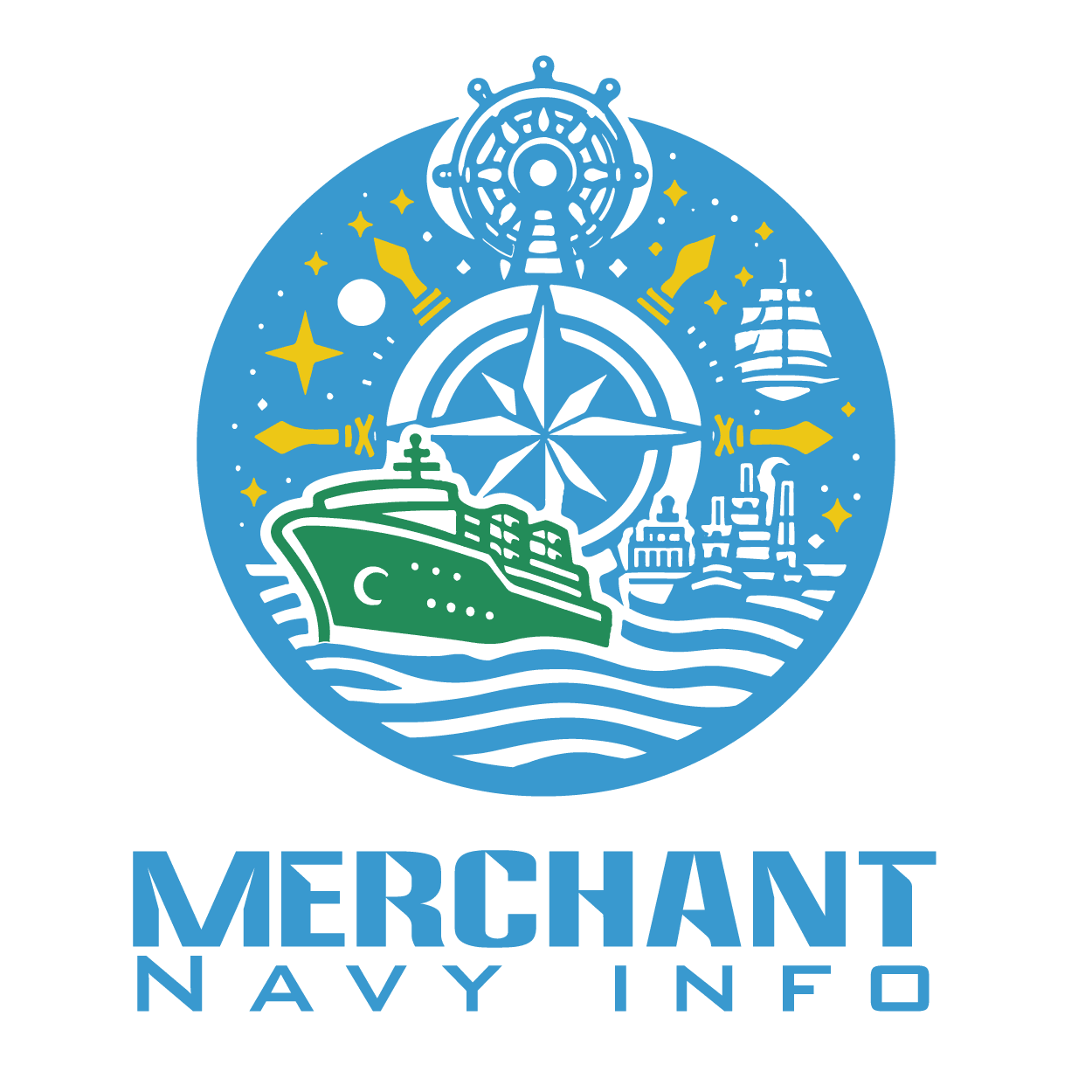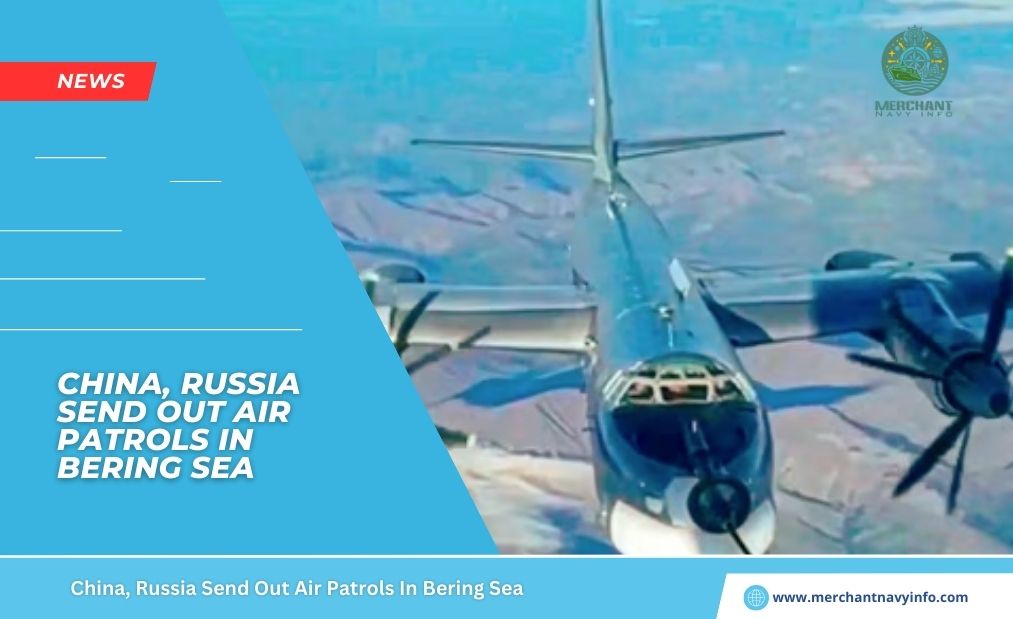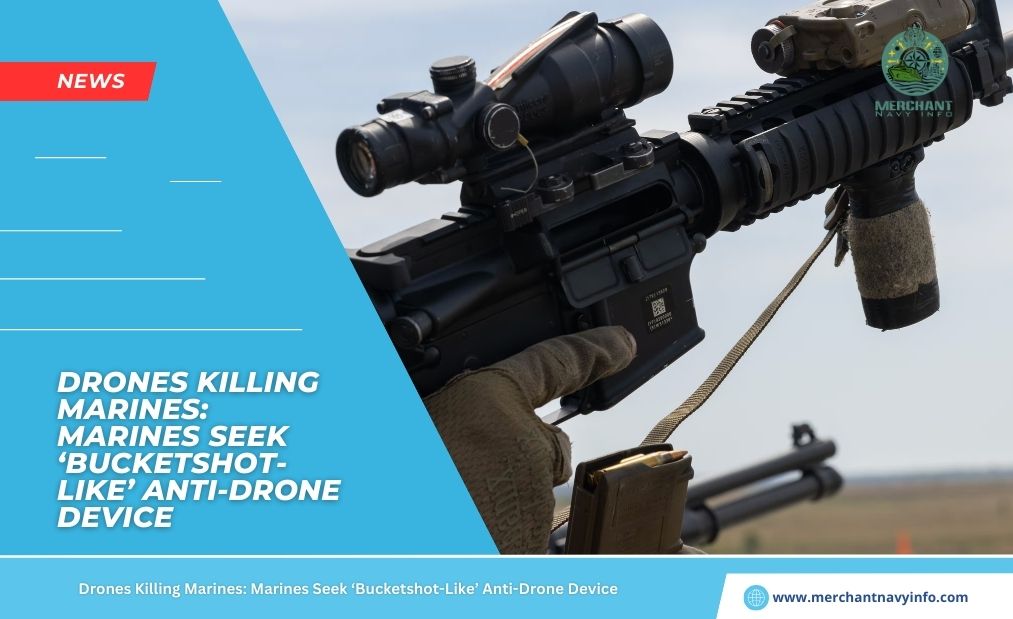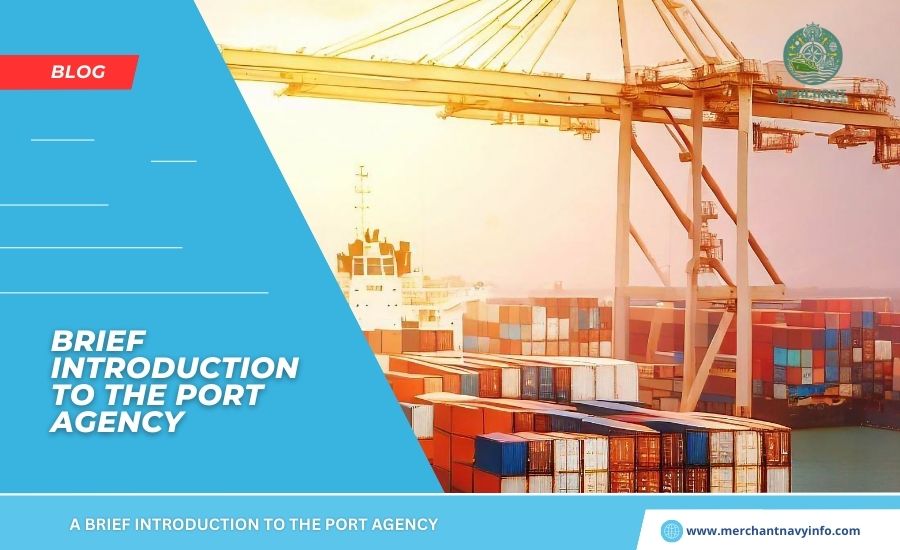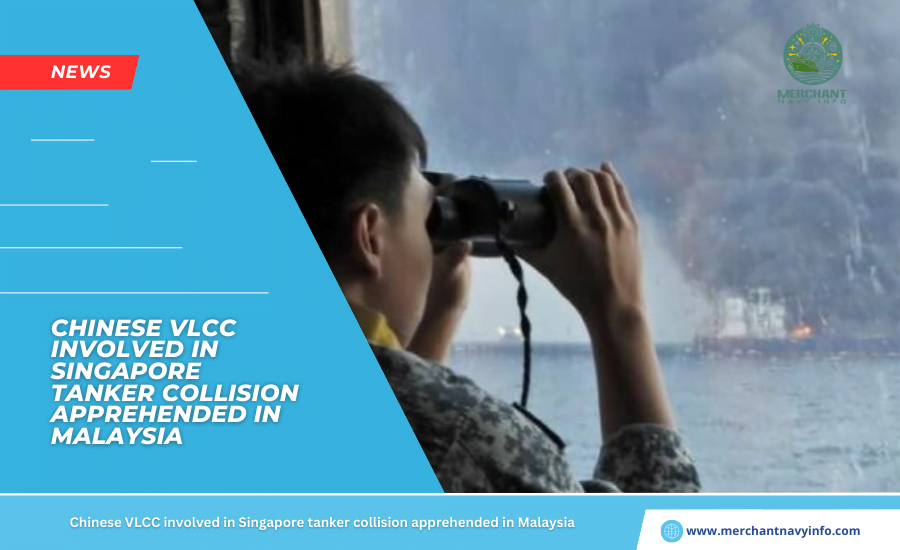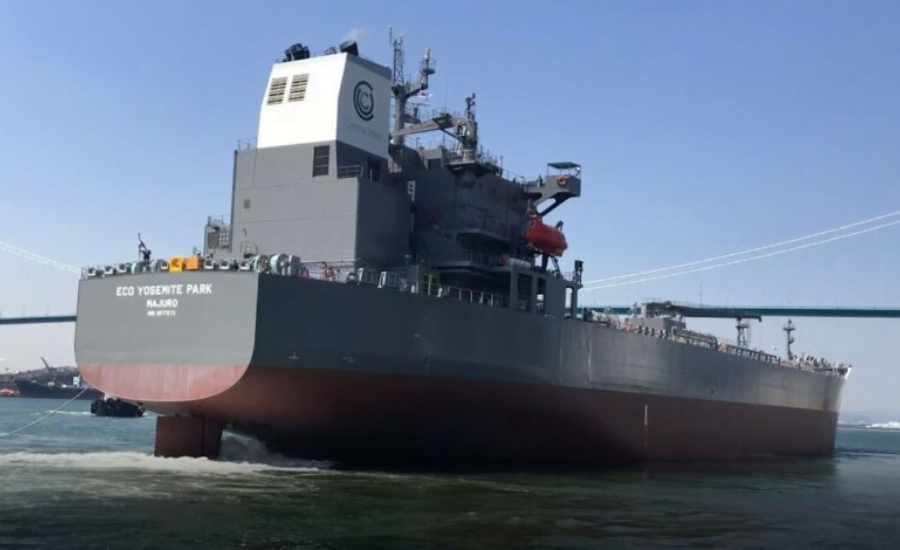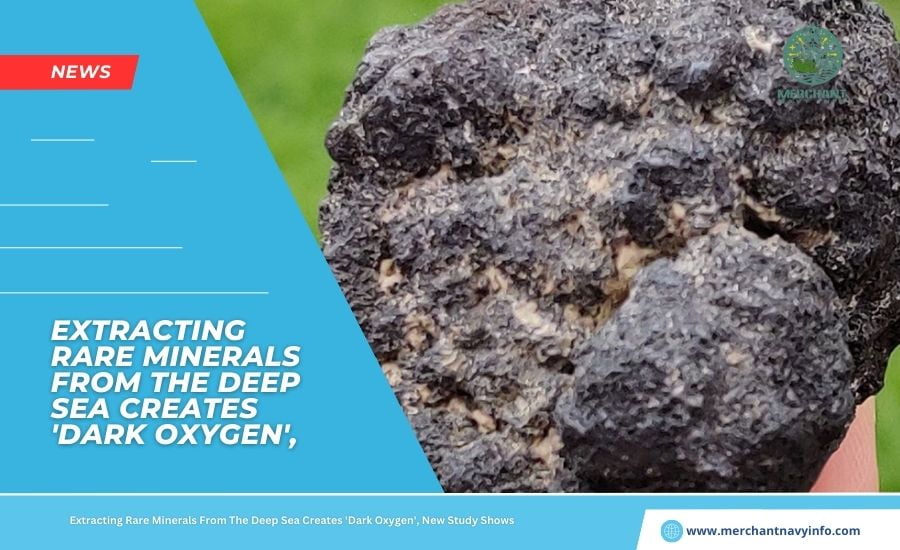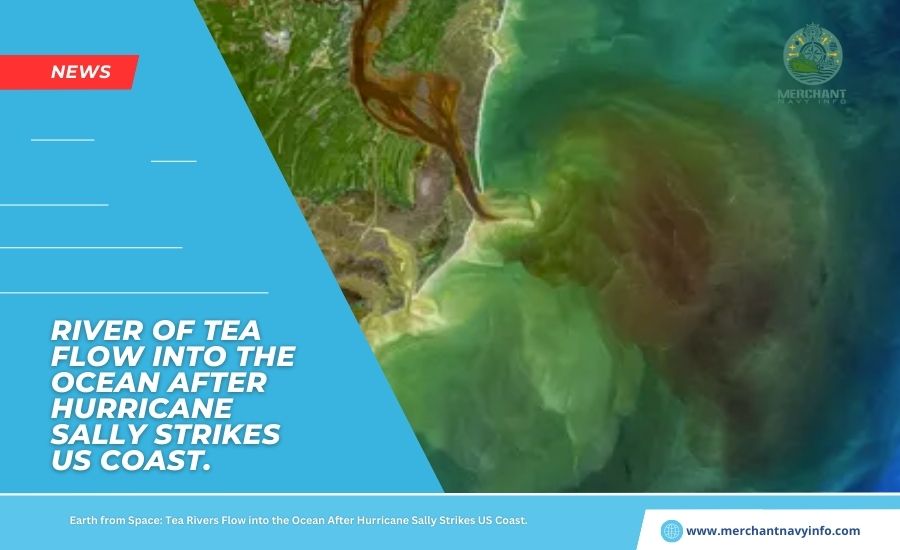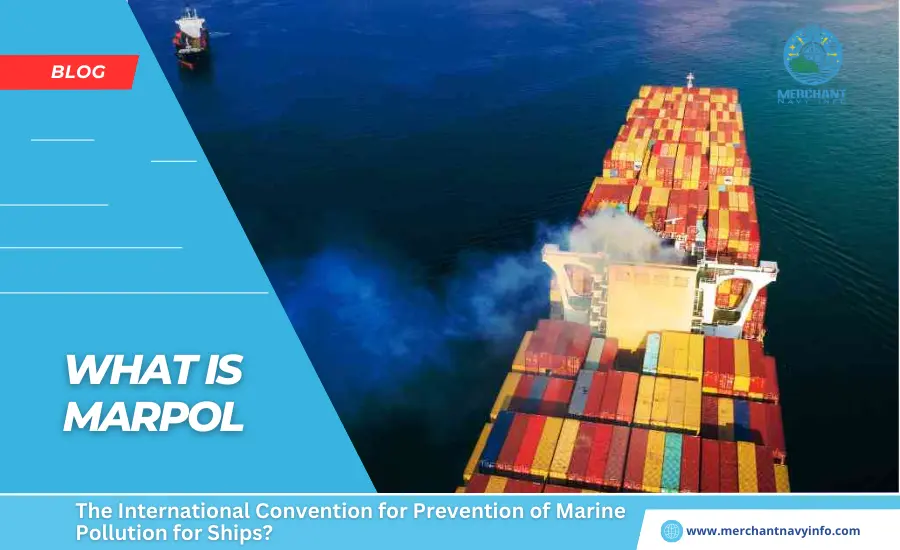
Like SOLAS, which requires the shipping industry to meet minimum standards to protect life at sea. The overall International Convention for the Prevention of Pollution from all Ships/MARPOL. It is an important treaty to prevent pollution of the marine environment. It establishes standards for the storage, handling, transportation, and transfer of toxic wastes. There are also regulations regarding the disposal of hazardous ship waste. Such as cleaning agents and washing water in ship holds.
MARPOL 73/78 ensures that maritime transport is the least polluting mode of transport. Its entry into force in 1973 and subsequent amendment by the 1978 Protocol. We ensure the integrity of the marine environment by removing all pollutants emitted by ships.
They are
1. Annex I: Regulations on the Prevention of Oil Pollution (October 1983).
2. Annex Ii: Regulations known for the Control of Pollution by Bulk Hazardous Liquid Substances (April 1987).
3. Annex Iii: Regulations on the Prevention of Pollution by Pollutants Transported by Sea in Packaged Form (July 1992).
4. Annex Iv: Regulations known on the Prevention of Pollution from Ship Effluents (September 2003).
5. Annex V: Regulations known on the Prevention of Pollution from Ship Waste (December 1998).
MARPOL Annex I
Ordinance on Prevention of Oil Pollution (October 1983). This Marpole Protocol was adopted on October 2, 1983, to prevent the intentional or accidental discharge of petroleum or oily mixtures from ships. It consists of 11 chapters, containing a total of 47 regulations. The cause was a series of tanker accidents. Chapter 1 contains a general description of MARPOL ANNEX I and provides the “application” of this chapter to different types of vessels and “definitions” of various terms used in this chapter. It consists of five clauses to be explained. This regulation does not apply to all types of ships. Therefore, there is also a separate section for “Exceptions” and “Exceptions”.
It also describes the conditions under which the Administrator may install alternative equipment, materials, equipment, etc., on board the ship to comply with this AnnexAnnex. Regulation 6 describes various survey requirements for compliance with MARPOL Annex 1. Regulation 7 sets out the conditions for the issuance or confirmation of a vessel’s IOPP certificate after successful inspection by the relevant authorities. 8 also describes how certificates may be issued or recognized by other Contracting Governments, followed by Regulation 9, which specifies the format of the certificate, including languages such as English and the official language of the issuing country.
Regulation 13 describes the requirements for standard discharge ports on ships for the disposal of sludge and residual oil from bilge tanks. 14 sets out requirements for oil filtration systems on ships for discharging ballast water from engine room bilges and fuel oil tanks, followed by Regulation 15, which restricts bilge discharge. Regulation 17 describes the need for compliant oil logs for the engine room of oil tankers of 150 GT and above and other vessels of 400 GT and above.
MARPOL Annex II
Regulations for the Control of Pollution by Bulk Hazardous Liquid Substances (April 1987). This AnnexAnnex was adopted on April 6, 1987, and is concerned with the control and prevention of intentional or accidental contamination by large quantities of hazardous liquid substances. It consists of 10 chapters, containing a total of 22 regulations. Chapter 1 provides general details of MARPOL ANNEX II, establishes “definitions” of various terms used in this chapter, and applies this chapter to different types of vessels (such as chemical tankers). This regulation does not apply to all types of ships, so there is also a separate section for “Exceptions.” Chapter 2 describes the different categories of hazardous liquid substances under Regulation 6.
Chapter 3
Lists four testing and certification requirements for Regulations 7 through 10. Regulation 7 deals with the surveys and certificates required for chemical tankers under the provisions of the International Bulk Chemical Code. Regulation 8 details the need for various inspections for ships transporting hazardous liquid substances in large quantities, followed by the issuance and verification of certificates in accordance with Regulation 9. The duration and validity of certificates are specified in Regulation 10.
Chapter 4
Prescribes the design, construction, layout, and equipment of ships carrying hazardous cargo in bulk in accordance with regulation 11, followed by regulation 12, which specifies details of pumps, piping, unloading equipment, and sewage tanks. Chapter 5 contains three regulations (13 through 15) regarding operational discharges of hazardous liquid substance residues. Regulation 13 sets out the need to control the discharge of residual hazardous liquid substances.
MARPOL Annex III
Regulations for the prevention of pollution by pollutants transported by sea in packaged form (July 1992). This appendix deals with dangerous goods transported in packaged cargo. The identification of this substance is specified by the IMDG code. MARPOL Annex III entered into force on July 1, 1992, and consists of two chapters containing 11 regulations. Chapter 1 contains general details of MARPOL ANNEX III, which consists of nine regulations. Regulations 1 and 2 explain the “definitions” of various terms used in this chapter and the “application” of this chapter to different types of vessels transporting dangerous goods. Regulations 3 and 4 list packaging and marking/marking requirements for packages carrying IMDG cargo. Regulation 5 details the documentation required for ships transporting dangerous goods in accordance with MARPOL Annex 3.
MARPOL Annex IV
Regulations on the prevention of pollution by wastewater from ships (September 2003). This AnnexAnnex entered into force on September 27, 2003, focusing on the prevention of wastewater pollution from ships. It consists of 7 chapters and 18 regulations. Chapter 1 provides an overview of MARPOL ANNEX IV and contains three chapters that define the various terms used in this chapter and explain the application of this chapter to different types of vessels. This regulation does not apply to all types of ships. Therefore, there is also a separate “Exceptions” section. Chapter 2 enumerates the need for investigation and certification through five provisions, Rules 4 to 8.
Regulation 4 deals with inspections carried out on ships covered by this AnnexAnnex. Regulations 4 and 5 provide details regarding the issuance or confirmation of certificates by the Administration and other governments. Regulations 7 and 8 provide details regarding the form, duration, and validity of wastewater pollution prevention certificates.
Chapter 3 regulates the need for equipment and controls for the discharge of wastewater from ships. Regulation 9 of this chapter details the requirements for ships’ sewage systems, followed by Regulations 10 and 11, which provide standards for the transfer of sewage to port facilities and the discharge of sewage to sea within and beyond specified areas. This relates to the provision of sewerage connections. Chapter 4 consists of two regulations (12 and 13) detailing the requirements for receiving facilities. Regulation 12 requires government agencies to have reception facilities. Regulation 13 lists the requirements for reception facilities for passenger ships in special areas.
MARPOL Annex V
Regulations on the Prevention of Pollution from Ship Waste (December 1998). This AnnexAnnex addresses waste generated on board ships, including electronic waste and cargo residues, and how to prevent contamination from them. This law was enacted on December 31, 1988, and consisted of three chapters and 14 regulations. Chapter 1 contains the general 31st December MARPOL ANNEX II, which provides “definitions” of various terms used in the chapter under Regulation 1 and provides definitions for various terms used in the chapter under Regulation 1. It consists of 10 rules that describe the application of this chapter. Regulation 2 contains a general prohibition on waste at sea, followed by Regulation 3 on the disposal of waste outside special areas.
